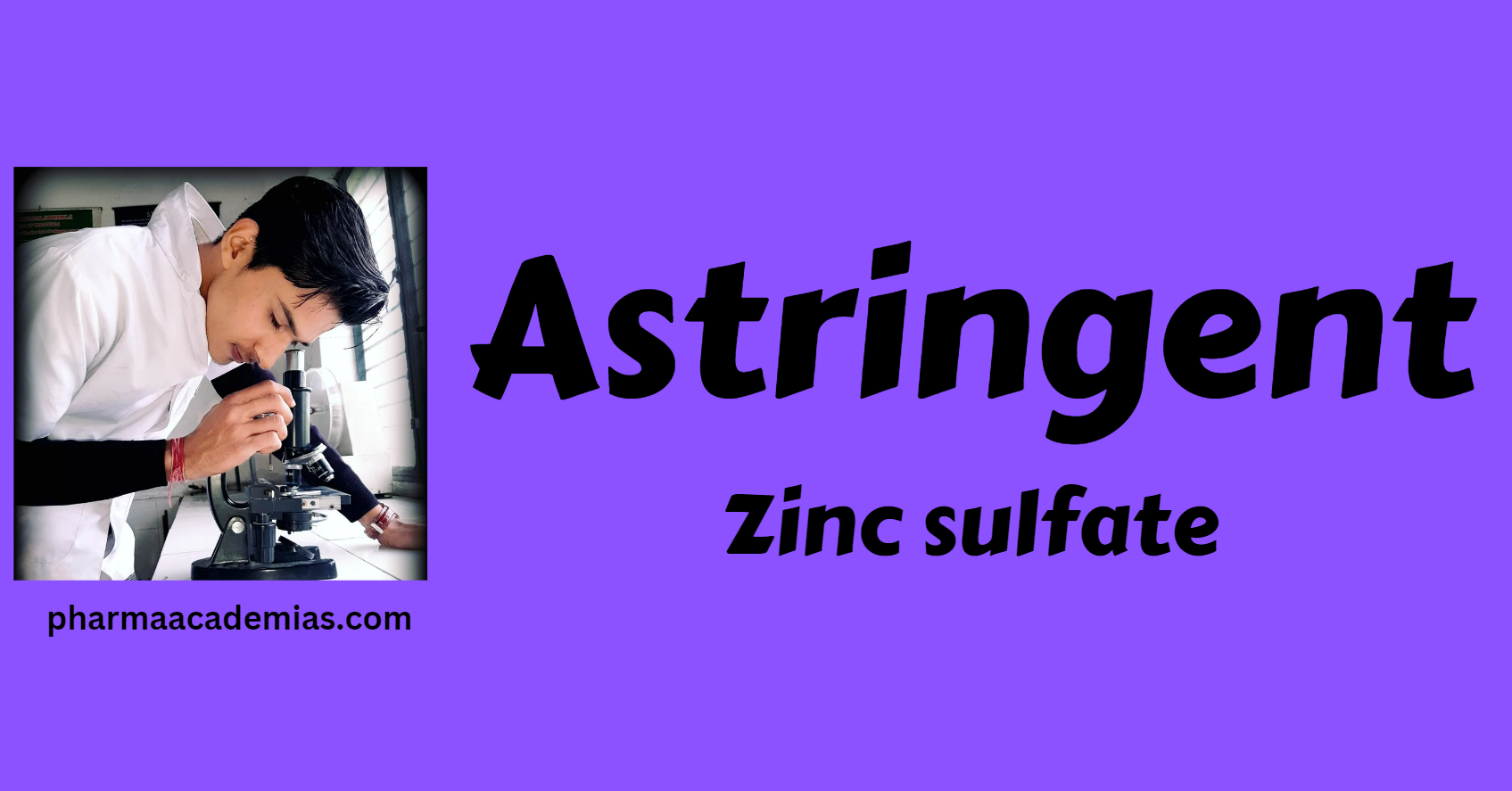Potash alum
Potash alum, also known as potassium aluminum sulfate, is an inorganic compound with the chemical formula KAl(SO₄)₂·12H₂O. It is a hydrated double salt that consists of aluminum, potassium, sulfur, and oxygen. The compound forms large, colorless to white crystals and is highly soluble in water. Chemical Properties of Potash Alum (Potassium Aluminum Sulfate, KAl(SO₄)₂·12H₂O) 1. … Read more










